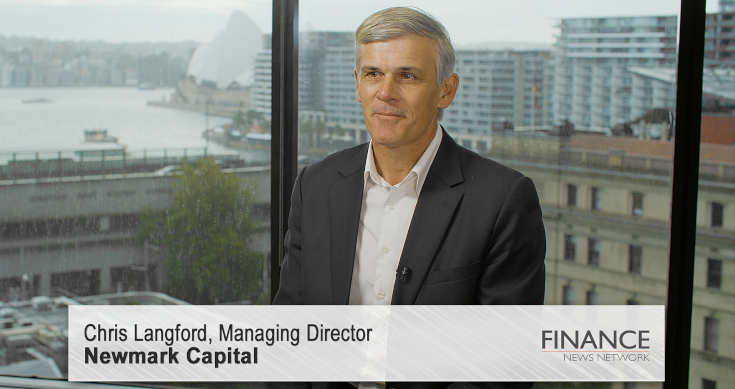Fool’s paradise? Sydney and Melbourne house prices again rose strongly in March but there were more signs of a slowdown following tough restrictions on how real estate agents can sell properties during the coronavirus pandemic.
Sydney’s median house prices jumped 1.1% to $1,020,849 and Melbourne’s increased 0.4% to $819,611 over the month, according to CoreLogic data released on Wednesday.
That was the smallest rise in a year.
Over the past year, Sydney and Melbourne house prices have risen 14.5% and 12.5% respectively.
CoreLogic Asia-Pacific head of research Tim Lawless said the housing markets had now begun to enter a “period of disruption”.
The industry is forecasting a rapid slowdown this month with open homes and on-site auctions canceled in the last week as part of government social distancing measures to stop the spread of COVID-19.
While some real estate agents have been using more private inspections and digital auctions, their effectiveness, especially online auctions, remains uncertain. Private treaty sales will continue with agents carrying out spaced inspections last weekend.
Falling consumer confidence, job losses and a rise in fear levels will also batter the property sector. also weighs on property prices and sales numbers.
And that is reflected in the share prices of the two leading listings Groups, REA and Domain.
While REA, 61% owned by News Corp, saw a 6.4% jump in its share price yesterday, that was after a 26% slump in the March quarter.
Domain shares also firmed yesterday, up 4.4% but that was after a 47% slide in the March quarter.
“The housing market won’t be immune to a drop in sentiment and weaker economy, however, the extent of the impact on dwelling values remains highly uncertain,” Mr. Lawless said.
“Capital growth trends will be contingent on how long it takes to contain the virus, and whether additional constraints on business or personal activity are introduced.”
He said the number of residential property sales would fall “dramatically” over the coming months, due to falling consumer confidence, more unemployed Australians and cautiousness from lenders.
“Restrictions on open homes and on-site auctions will compound the slowdown in buyer activity, as would any future policy announcements related to peripheral services such as building and pest inspections, conveyancing and furniture removals,” he said.
And that view was shared by the AMP’s Chief Economist, Dr. Shane Oliver said in a note yesterday.
“…the housing market is now slowing rapidly thanks to the impact of coronavirus and associated social distancing. Auction clearance rates fell sharply through March to levels approaching 30% (after adjusting for unreported results) as listings surged to get ahead of the tightening shutdown and buyers held back in the face of rising coronavirus related uncertainty.
“This is already pointing to a significant loss of momentum in property price gains ahead.
“Property sales are likely to slow to a crawl in the months ahead and property prices are likely to fall as the coronavirus shutdowns hit the property market and the economy. Sellers and buyers are likely to put property transactions on the back burner to avoid catching the virus and in order to comply with social distancing requirements.
“More significantly prices are likely to fall as unemployment rises triggering debt servicing problems for some against the backdrop of very high household debt levels and high house prices in Australia and depressing property demand even for a while after the shutdowns are relaxed,” Dr. Oliver wrote yesterday.
“Hopefully the Federal Government’s wage subsidy program will keep the rise in unemployment to below 10% and this combined with various income support measures and bank mortgage payment holidays will serve to keep forced property selling to a minimum and price declines modest at around 5%.
“However, a long and deep coronavirus driven downturn in the economy that pushes unemployment well above 10% and sees it decline only gradually long after the six-monthly wage subsidy and mortgage payment holidays end combining with a significant increase in financial stress for stretched landlords as tenants struggle to pay rents would point to a deeper property price downturn of 20% or so over the next 12 months.
“The absence of new migrants for the next six months or so will also act as a drag on property demand.
“The Sydney market is most at risk given higher debt to income ratios and a greater supply overhang,” Dr Oliver wrote yesterday.








